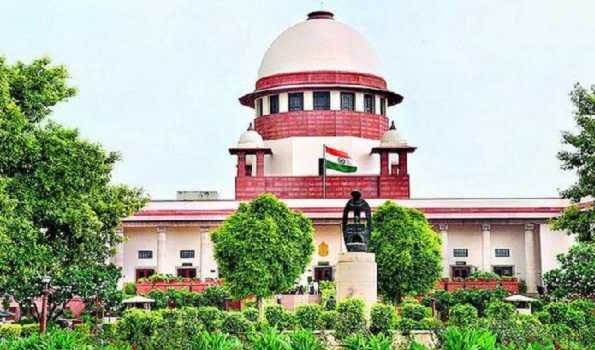New Delhi, Sep 1 (UNI) The Supreme Court today issued a clarification regarding its earlier directions on the removal of encroachments in Zudpi Jungle Lands.
The Court was hearing an interim application seeking modification of its judgment and final order dated May 22, 2025, relating to the use of Zudpi Jungle Land.
A Bench comprising Chief Justice of India B.R. Gavai and Justice Augustine George Masih clarified that the directions in paragraph (x) of the judgment would not apply to encroachments made prior to December 12, 1996, for purposes such as agriculture, kuccha houses, pakka houses, slums, government employees’ colonies, government or Zilla Parishad schools, private schools, and other public utilities covering an extent of 10,365.049 hectares as observed in the report of the Central Empowered Committee (CEC).
The Bench further noted that encroachments made after December 12, 1996, may only be regularised if the State Government acts strictly in accordance with clauses (ii) to (vi) of paragraph 138 of the May 2025 judgment.
On the plea to modify paragraph 138(vii) to permit the use of “fragmented land parcels” (less than 3 hectares and not adjoining forest areas) for purposes under Section 3(2) of the Forest Rights Act, 2006, or for village public use, the Court stated that the State may invoke Section 3(2) of the Act if it wishes to use such land parcels.
The applicants had also sought modification of paragraph 138(x) to protect encroachments used for agriculture, housing, schools, and utilities up to 10,365.049 hectares.
Addressing this, the Court recalled that its earlier one-time exemption was granted due to long-standing usage and failure of revenue officials to make necessary entries.
“For a long period of time, the land under consideration has been used for the purpose of agriculture, kuccha houses, pakka houses, slums, government employees’ colonies, government or Z.P. Schools, private schools and other public utilities.
The CEC in its report itself had recommended the protection of such structures to the extent of 10,365.049 hectares. In that view of the matter, we are inclined to allow prayer clause (i)(b),” the Bench observed.











